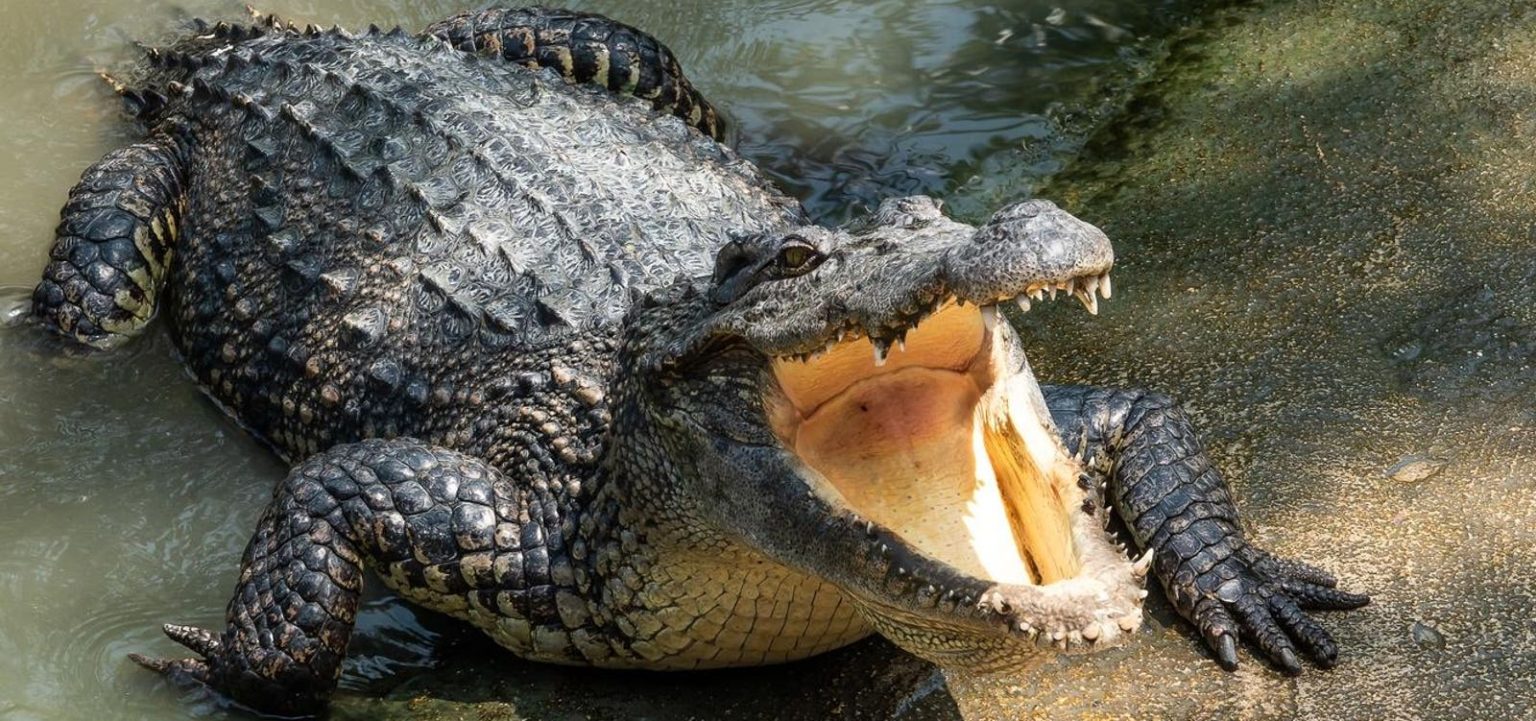Crocodilians, including crocodiles, gharials, alligators, and caimans, are known for their ancient lineage, dating back over 200 million years. Despite witnessing the rise and fall of countless species, these formidable predators have remained relatively unchanged in their basic form, showcasing their evolutionary success. Their ability to endure serious injuries with astonishing indifference has sparked interest and admiration, highlighting their extreme survival capabilities.
One key reason behind the resilience of crocodilians is their almost impenetrable body armor. Their scales have evolved into tough plates known as scutes, made of keratin and reinforced with bony deposits called osteoderms. These bony structures can absorb impacts and distribute force across a wider area, reducing the risk of serious injury. The design of their armor plays a crucial role in protecting them from external threats and ensuring their survival in challenging environments.
Another important factor contributing to the indestructibility of crocodilians is the presence of powerful antioxidants in their blood. These antioxidants help minimize damage from injuries by reducing oxidative stress, allowing for quicker healing. Additionally, crocodilian blood contains peptides with potent antibacterial and antifungal properties, making them highly resistant to infections that could threaten their survival. This innate immune response gives crocodilians an evolutionary advantage in thriving in environments with high pathogen levels.
A unique survival strategy employed by crocodilians, particularly during colder months, is their ability to enter a state of brumation. This dormancy state slows down their metabolic processes, enabling them to conserve energy and survive harsh weather conditions. Alligators have been observed using a behavior known as the “icing response” during extreme cold, allowing them to remain frozen in place for days or weeks by slowing their metabolism and remaining absolutely still. This adaptation not only protects them from the elements but also reduces their need for food, ensuring their survival during periods of scarcity.
The remarkable properties of crocodilian blood, rich in potent peptides and antioxidants, have caught the attention of researchers for potential applications in treating human diseases. The ability of these components to reduce oxidative stress and combat infections could lead to breakthroughs in wound healing and resistance against bacterial and viral pathogens. By studying the resilience of crocodilians and other wildlife, researchers are exploring innovative ways to enhance human health, drawing inspiration from nature’s ability to thrive in extreme conditions.
Overall, crocodilians stand out as some of nature’s most enduring survivors, thanks to a combination of physiological adaptations and behavioral strategies that have withstood the test of time. As researchers continue to unravel the mysteries of these ancient creatures, they are discovering invaluable insights that could revolutionize our approach to health challenges and inspire new medical advancements. By harnessing the resilience and capabilities evolved over millions of years in the natural world, scientists are paving the way for a future where humans can benefit from the wisdom of ancient species like the crocodilians.


